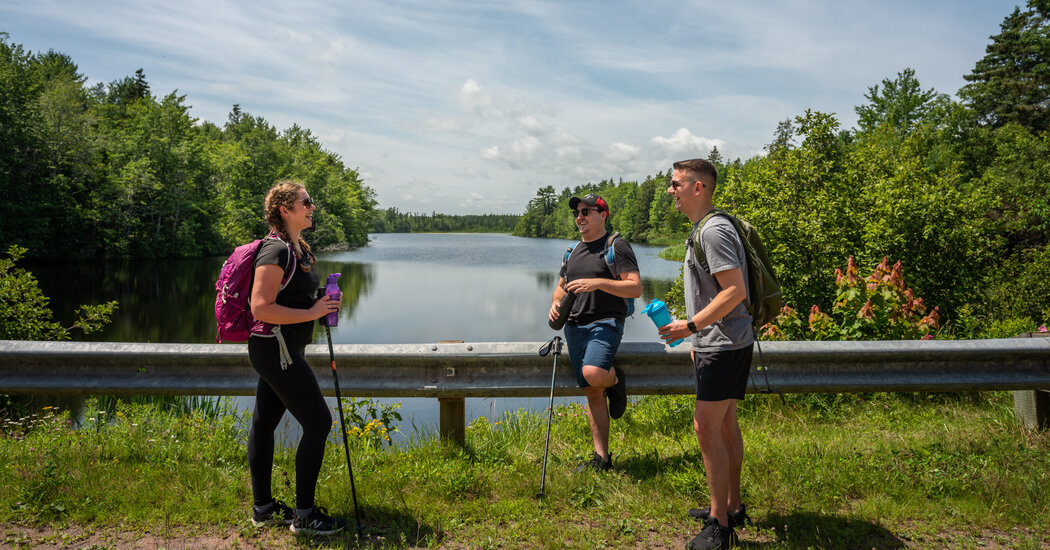The idea of a walking holiday — a long-distance journey on foot, during which you lodge overnight and carry just enough clothing, food and water for each day’s stretch — has long been popular in Europe. But within the last few years, these pilgrimage-style walks have sprung up all over the world.
After the pandemic years, embarking on a pilgrimage has new meaning, whether you’re seeking discovery, a sense of purpose or to learn what you’re capable of. “What might have seemed like a luxury before feels like a necessity now,” said Dorji Dhradhul, director general of Bhutan’s tourism council and chair of the association behind the new Trans Bhutan Trail, about the rising popularity of long trails. While taking a week or more off for a long walk might have felt like an indulgence before, Mr. Dhradhul believes more people are using travel to slow down and reflect.
The real power of traveling on foot is that it encourages interaction. “Many of us will go to great lengths to avoid speaking with strangers, and this behavior has spilled over from our daily lives to the way we travel,” said Robin Lewis, who has walked the entire length of the Michinoku Coastal Trail, a 637-mile route that traverses Japan’s northeastern Tohoku region. “These experiences remind us that the best way to know a place is through its people.”
As you’re preparing for your next trip, plan for spontaneous encounters. Pick a starting point and an end, line up a few stops and stays along the way, and let the rest follow. Here are seven new treks to keep in mind.
The Pekoe Trail, Sri Lanka
Before Sri Lanka became the tea capital of the world, its mist-shrouded forests were dotted with coffee plantations. In 1867, a few years before a disease largely wiped out that crop, a Scotsman named James Taylor developed the country’s first commercial tea estate. Former coffee growers soon began traveling to the estate to learn how to cultivate and process tea, starting what would become a series of trails that formed the industry’s transportation network.
More than a century later, those routes have been recovered to make the Pekoe Trail, a 186-mile path that will open in July. Its development was funded by the European Union and the U.S. Agency for International Development to help boost Sri Lanka’s tourism industry in the aftermath of the 2019 Easter bombings, the terrorist attacks in Colombo, the capital, which led to a 70 percent drop in visitor numbers from the year…
Click Here to Read the Full Original Article at NYT > Travel…
